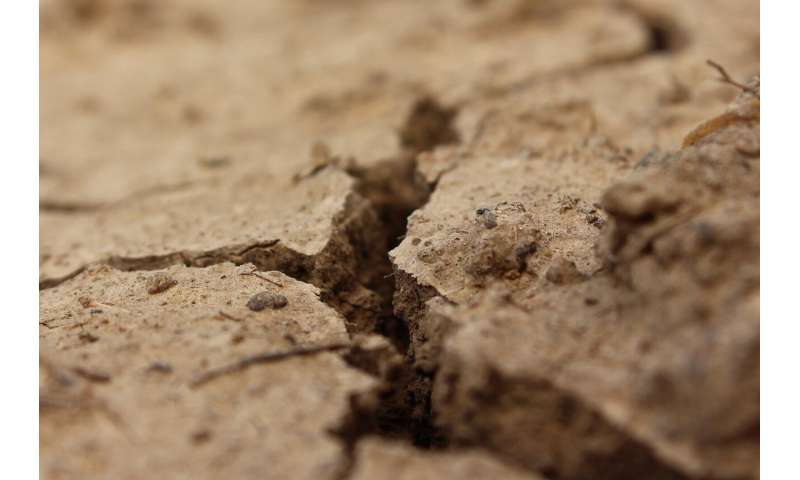The impact of microplastics on soil organisms
by Bob Yirka
A team of researchers affiliated with several institutions in China and one in France has found that microplastics making their way into soil can lead to a decrease in the number of worms and microarthropods that reside there. In their paper published in Proceedings of the Royal Society B, the group describes their study of the impact of microplastic introduction into soil, and what they learned about it.
Microplastics are tiny bits of plastic that have broken off of larger pieces of plastic—such breakage is usually attributed to exposure to the elements, such as sun, wind and rain. The tiny bits of plastic comprise a major contaminate all across the globe. Multiple studies have been conducted over the past couple of years looking into the impact of microplastics on creatures that live in the oceans, rivers, streams and lakes. The contaminants have been found to change the reproduction abilities of sea creatures and sometimes their habits, making them more vulnerable to predators. In this new effort, the researchers looked at what microplastic contaminants are doing to creatures that live in the soil.
Many creatures make their home in the soil—larger ones such as gophers and turtles tend to eat smaller creatures that live in the soil or plant material. The soil is also host to a wide variety of much smaller creatures, including insects, worms and bacteria. Together, they make up a web of life with its own food chain. To learn more about what happens when microplastics make their way into this environment, the researchers gathered samples of microplastics and mixed them with fresh, clean soil taken from the ground, complete with a host of endemic organisms.
After microplastics were introduced, the researchers found that the populations of worms and microarthropods (invertebrate animals that have exoskeletons that can be seen with the naked eye, such as springtails and mites) decreased. Further study showed that as more microplastics were introduced, further drops in populations of such creatures occurred. They also noted that introducing microplastics into the soil samples did not lead to reductions in bacteria living in the soil. They suggest that microplastics cascade through the soil and food webs, introducing changes that could harm soil carbon and nutrient cycling.
More information: Dunmei Lin et al. Microplastics negatively affect soil fauna but stimulate microbial activity: insights from a field-based microplastic addition experiment, Proceedings of the Royal Society B: Biological Sciences (2020). DOI: 10.1098/rspb.2020.1268
Journal information: Proceedings of the Royal Society B
© 2020 Science X Network